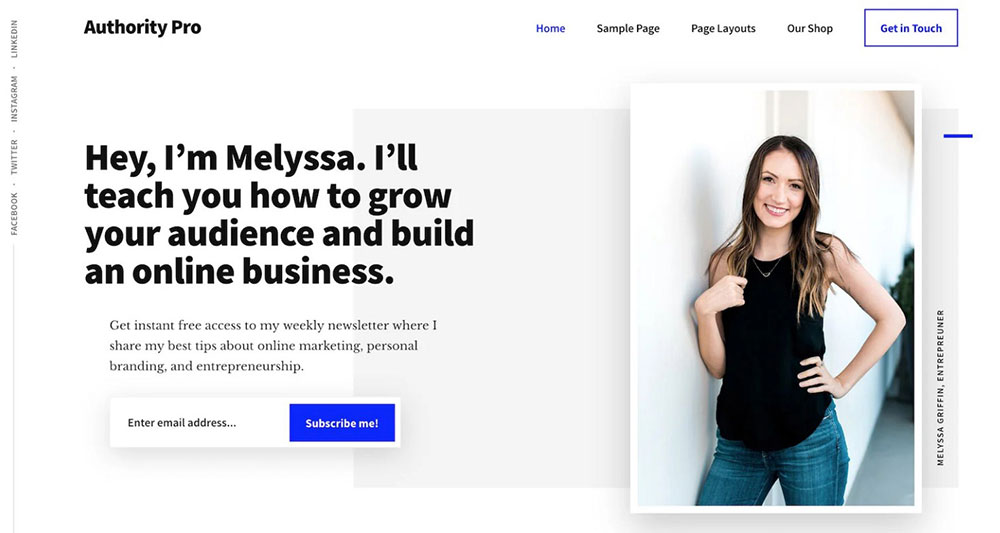

If any of the profiles have an Incoming Server Location or Outgoing Server Location value matching one of the following values, this profile is impacted: If you see other Email Server Profile records that do not have the Email Server Type Name value of Exchange Online, open each of the profiles to view the properties. As long as this profile wasn't modified in an unsupported way, you aren't affected because this profile uses server-to-server (S2S) authentication. If you only see the default profile with a Name value of Microsoft Exchange Online and Email Server Type Name value of Exchange Online, you're using the server-side synchronization feature with the default Microsoft Exchange Online profile. View the list of Email Server Profile records that appear and follow the corresponding steps below based on whether you're using an online or on-premises deployment of Dynamics 365. On the Email Configuration page, select Email Server Profiles. Identify which type of Email Server Profile is being used: Step 2: Based on the configured email option, refer to the corresponding section If Server-Side Synchronization is selected, the environment is using server-side synchronization and not the Email Router.

Any mailbox in Dynamics 365 configured with this type of connection will no longer be able to: Once Exchange Online disables support for Basic authentication, any connection from server-side synchronization or Email Router to Exchange Online using Basic authentication will quit working.
Basic auth. in eventscripts how to#
For how to connect Dynamics 365 on-premises to Exchange Online, go to Connect Customer Engagement (on-premises) to Exchange Online. For how to use the required modern authentication options to connect Dynamics 365 Online to Exchange Online, go to Connect to Exchange Online. If you're using our online service or on-premises (Dynamics CRM on-premises 2016 SP1 or later), server-side synchronization provides options to connect to Exchange Online using modern authentication options that don't depend on Basic authentication. Server-side synchronization replaces the Email Router option which had been deprecated in July of 2018. The server-side synchronization feature and Dynamics 365 Email Router (deprecated) include configuration options that allowed customers to connect to Exchange Online using Basic authentication (username and password). For additional details including the required steps, see Basic Authentication Deprecation in Exchange Online – September 2022 Update. On September 1, 2022, the Exchange Online team announced a one-time extension of this deadline. Microsoft Exchange plans to disable the use of Basic authentication (also known as Legacy authentication) when connecting to Exchange Online starting October 1, 2022.


 0 kommentar(er)
0 kommentar(er)
